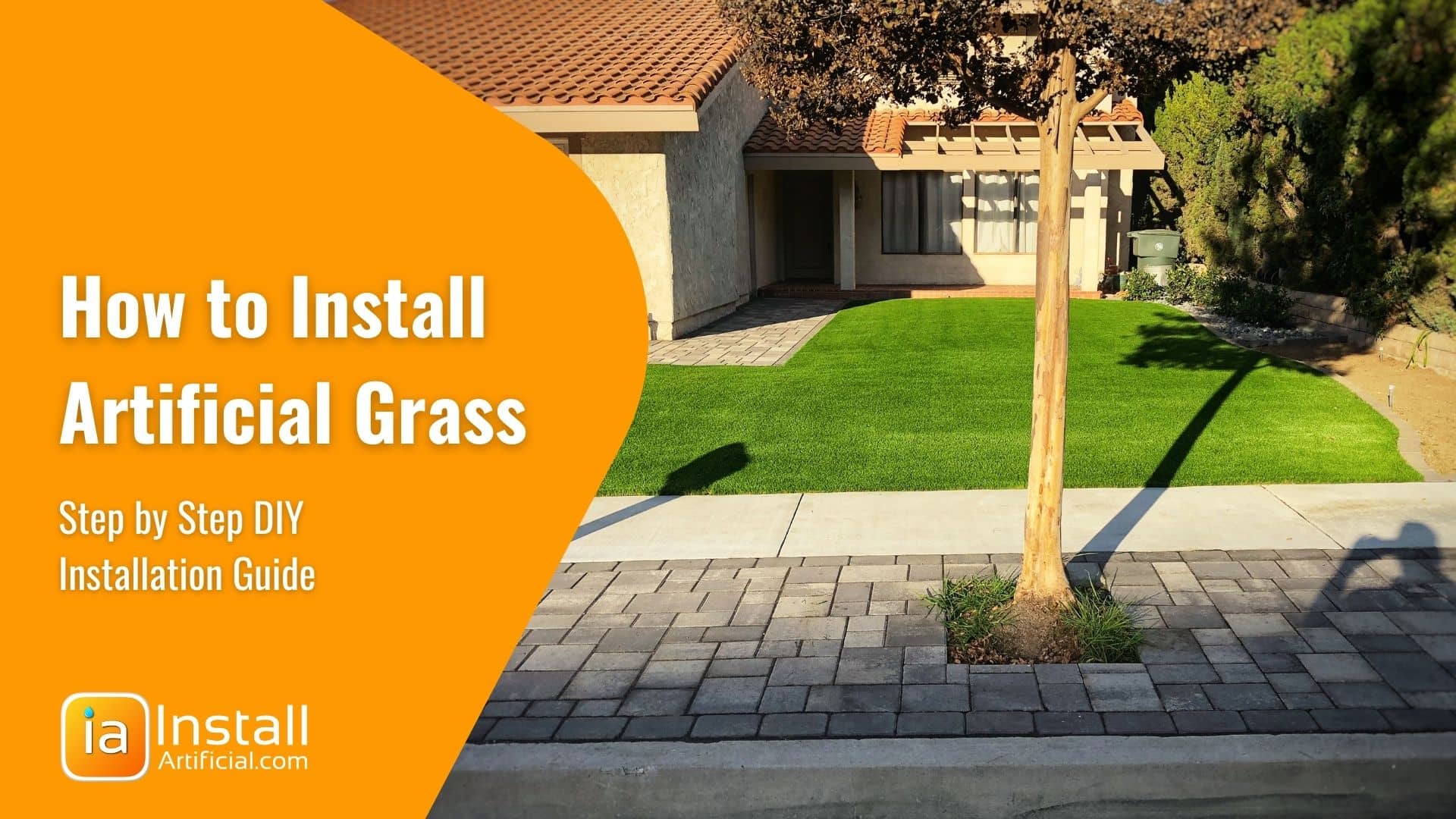Let’s get technical for a moment and go through some important components of artificial grass. Knowing these and being familiar with them will help you make the best choice when it comes to purchasing your very own artificial grass.
- Face Weight: determined by the weight of fiber but does not include the weight of the backing. This is usually correlated with the price point, but not always.
- Denier: measures the density of the turf fibers. Basically a unit of fineness of the yarn.
- Drainage Rate: the rate at which water drains through the layers of the grass into the water table. Most artificial grass has been perforated for easy drainage, which helps prevent bacteria and mold spores from building up. Most grasses are perforated with holes that can drain at a rate of 30 inches per hour per square yard.
- Thatch Layer: created from polypropylene, polyethylene, and nylon, a thatch layer helps with synthetic grass blade recovery. This was only developed around a decade ago and has revolutionized the effectiveness of artificial grass.
Blade shapes can also get “technical” as the industry has created many shapes over the years. Let’s take a look at some of these shapes and what they’re best used for.
Soft Choice
- Diamond de-lustered fiber: great for landscapes in both residential and commercial, soft yet sturdy
- Oval fiber: soft and durable fibers with an oval shape that are commonly found in most landscape installations
- Mini “C” shaped fiber: a soft and natural-looking fiber in the shape of a C, used in both residential and commercial landscapes
- Flattened oval with spine fiber: creates a stronger blade core and gives the grass a more “real grass” appearance
Playground Choice
- S shape fiver: popular choice, an improved version of C-shape, soft and natural-looking
- 3D “W” fiber: think of these fibers as memory foam fibers, they have great durability and flexibility
- Mini “W” shaped fiber: great for high traffic areas such as sports fields and playgrounds, with w-shaped fibers that are very durable.
- Omega fiber: usually found in shorter pile heights and pet turfs
Traffic Choice
- “M” shaped fiber: also great for heavy foot traffic areas with heavy, durable fibers in the shape of an M
- Vista fiber: its main focus is durability, and the fibers are shaped like a V
If you’re looking for more information on which option is the best for your project, please reach out to us at any time!

